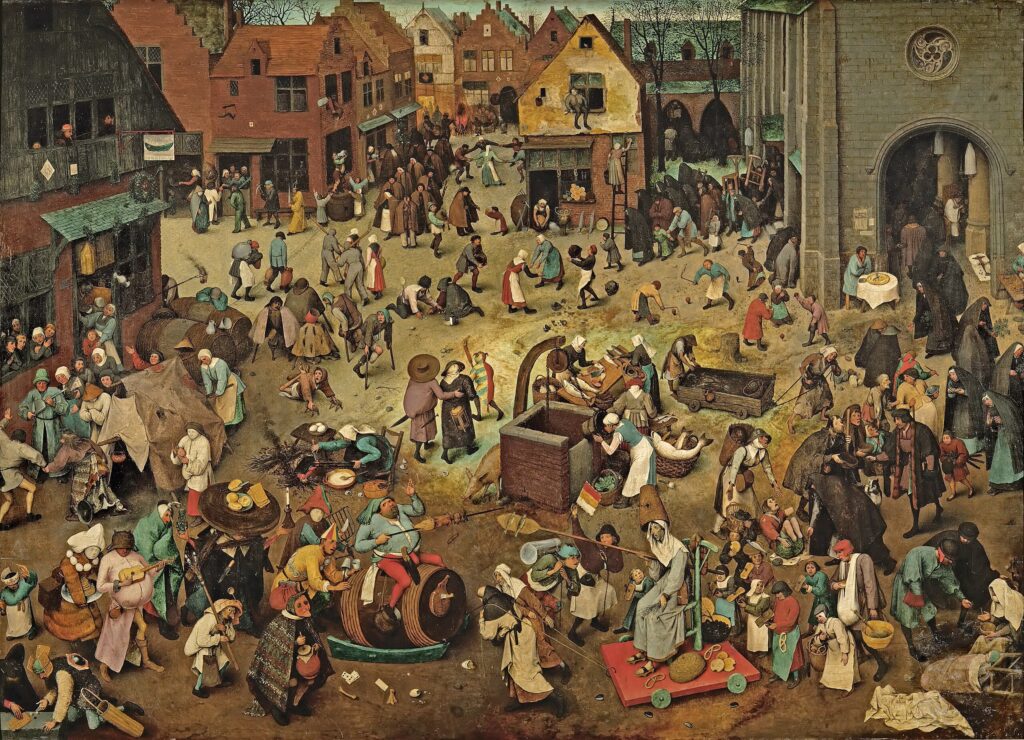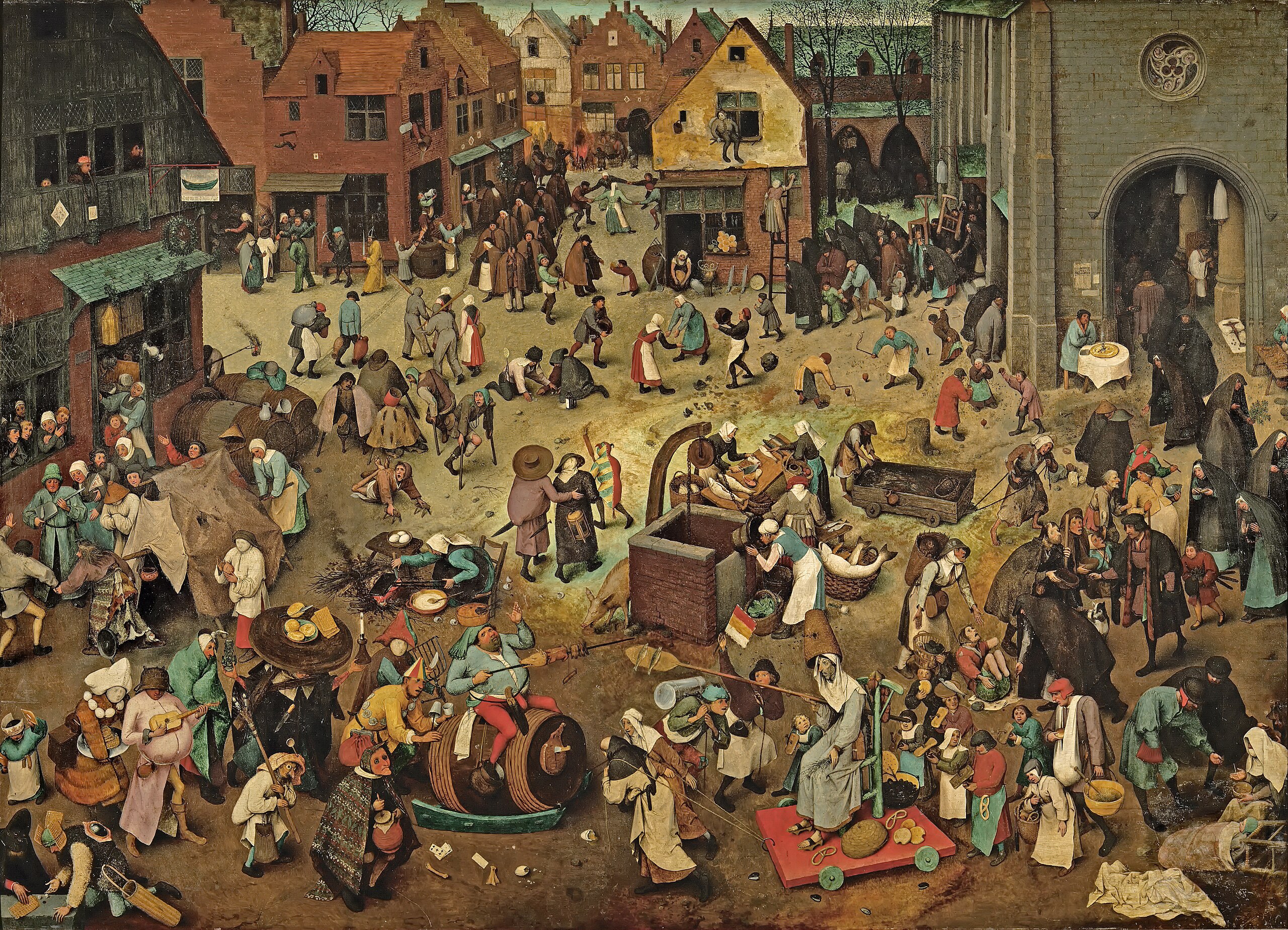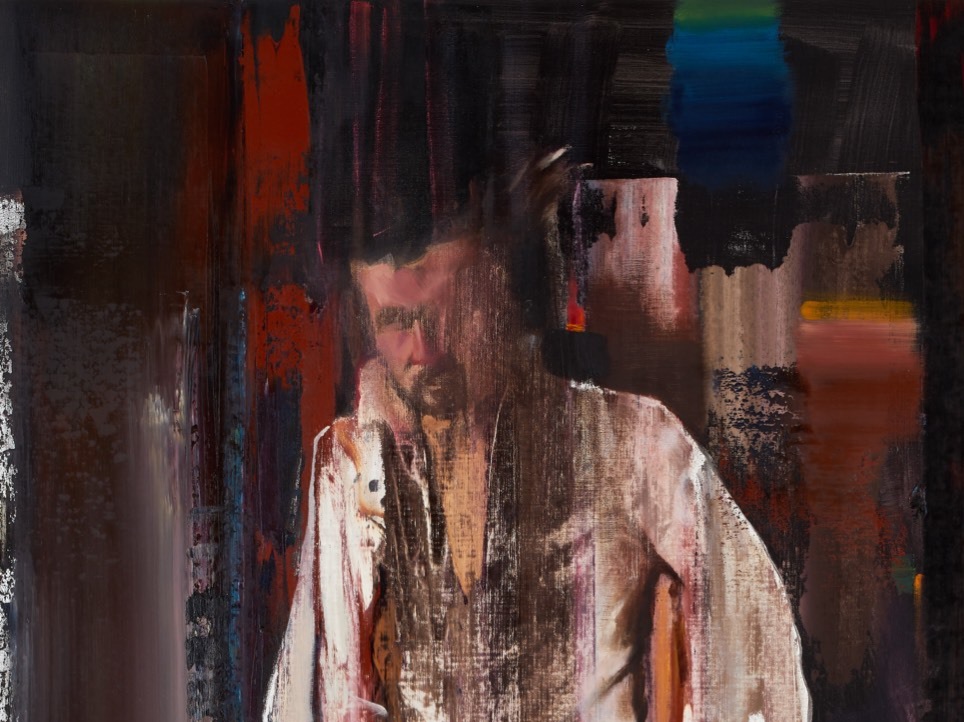It’s a rare delight to stumble upon a film like “Museum Hours” that not only diverges from the norm but also rekindles a profound appreciation for the quieter realms of art and history. Directed by Jem Cohen, this 2012 film served as a serene vessel, guiding me back to the intricate and fascinating world of Pieter Brueghel the Elder, a pivotal figure in Renaissance art whose works had faded from my immediate cultural radar.
“Museum Hours” is a contemplative narrative that unfolds within and around the hallowed halls of the Kunsthistorisches Art Museum in Vienna, Austria. It tells the story of Johann, a museum guard, and Anne, a Canadian visitor, whose chance encounter blossoms into a friendship framed by their shared wanderings through the museum’s exhibitions. The film’s deliberate pace and observational style encourage viewers to linger on the artworks as if through the characters’ eyes, inviting a meditative engagement that is all too rare in our hurried lives.
The Minutiae of Daily Existence
It was through this quiet observation that Brueghel’s works, prominently featured in the film, were reintroduced to me not just as historical artifacts but as living narratives teeming with detail, emotion, and everyday life that transcend their time. Brueghel, often nicknamed ‘Peasant Brueghel’, was renowned for his landscapes and scenes of peasant life, infusing them with a remarkable sense of realism and humanity. His ability to capture the minutiae of daily existence in such a vivid, almost tactile manner, makes his paintings windows to a past that feels surprisingly familiar and intimate.
The film highlights several of Brueghel’s masterpieces, including “The Tower of Babel” and “The Procession to Calvary”, emphasizing not just their aesthetic beauty but their storytelling prowess. Cohen’s camera lingers on the details within these paintings, mimicking the way a curious museum-goer might lean in closer, allowing the viewer to appreciate the layers of narrative and technique that Brueghel so masterfully wove together. This cinematic approach not only showcases the paintings but also subtly mirrors Brueghel’s own focus on the collective and individual stories of the people within his landscapes.
Detailed and Nuanced Portal
“Museum Hours” reawakened my fascination with Brueghel by illustrating how his works are not merely to be viewed but experienced. The film encouraged me to slow down and consider the stories, both grand and mundane, that are stitched into the fabric of each painting. In doing so, it reminded me that art, like life, is rich with detail and nuance, waiting for those patient enough to look closely.
Moreover, the film’s exploration of the role of art in our lives – as a bridge to the past, a mirror to our present, and a portal to a deeper understanding of the human condition – resonated deeply with me. It underscored how artists like Brueghel capture the essence of their times in ways that, centuries later, still speak to us with startling relevance and clarity.
Conclusion
“Museum Hours” did more than merely entertain; it served as a gentle nudge back towards the enriching world of art and, specifically, towards a renewed appreciation for Pieter Brueghel the Elder. In our fast-paced, often superficial world, the film and Brueghel’s art alike serve as reminders of the value of pausing, observing, and connecting with the myriad stories that shape our collective human experience.





